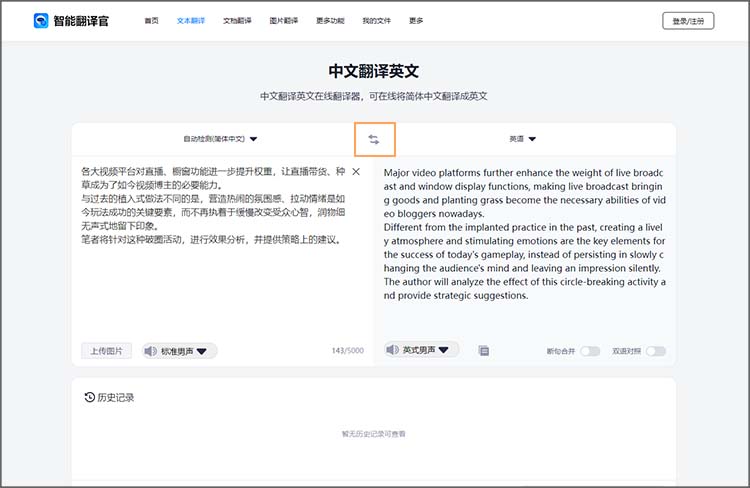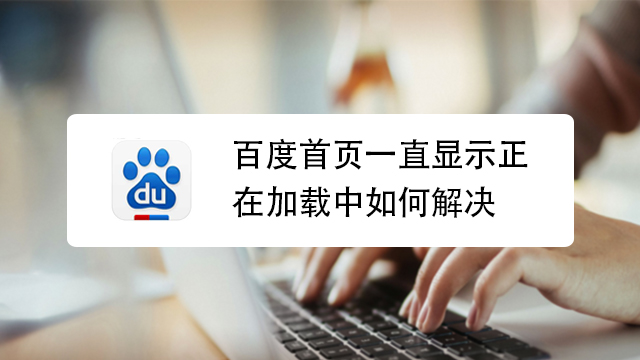Youdao Mail provides built-in translation features to help users seamlessly convert emails between Chinese and English. This guide explores three professional methods to translate Youdao emails, including automatic in-client translation, manual text conversion, and third-party tool integration. By leveraging AI-powered language processing, Youdao ensures accurate translations while preserving original formatting and attachments. Businesses can optimize cross-border communication by configuring default translation settings or using batch processing for high-volume emails.
Method 1: Using Youdao Mail’s Built-in Translation Feature
The Youdao Mail interface incorporates a one-click translation button located in the email toolbar. When viewing a message, users will find the translation icon (usually labeled “译” or displaying a language symbol) adjacent to reply and forward options. This feature automatically detects the source language and converts the entire email body to the recipient’s preferred language. The system maintains original paragraph structures and special formatting during translation, ensuring professional presentation.
Advanced users can access additional settings by clicking the gear icon in Youdao Mail’s upper-right corner. The language preferences section allows customization of translation defaults, including technical terminology handling and formal/informal tone selection. For frequent international correspondents, these presets save significant time compared to manual translation. The built-in feature supports 12 major languages with particular strength in Chinese-English technical document conversion.
Method 2: Manual Text Selection and Translation
For partial content translation or verification of specific terms, Youdao Mail enables selective text conversion. Highlight any portion of the email text and right-click to reveal the translation option in the context menu. This method proves valuable when reviewing legal documents or technical specifications requiring precise terminology. The pop-up translation window displays both original and translated text side-by-side for comparison.
Power users can leverage keyboard shortcuts (Ctrl+Shift+T on Windows, Command+Shift+T on Mac) for faster manual translations. This approach allows paragraph-by-paragraph verification, especially useful for marketing emails where cultural nuances matter. The manual mode also permits editing translated content before insertion, enabling professionals to adjust industry-specific jargon or brand terminologies that automated systems might misinterpret.
Method 3: Integrating Third-Party Translation Tools
Youdao Mail supports API integrations with professional translation platforms like SDL Trados or MemoQ for enterprise users. Through the account settings’ “Connected Apps” section, businesses can establish workflows that automatically route outgoing international emails through preferred translation services. This method provides translation memory consistency for ongoing client communications and handles complex file attachments including PDFs and spreadsheets.
For individual users, browser extensions such as Google Translate or DeepL can complement Youdao Mail’s native capabilities. These tools add hover-over translations and whole-page conversion options. When dealing with email threads containing multiple languages, third-party tools often provide better context retention across lengthy conversations. Most extensions allow customization of hotkeys and target languages for streamlined operation.
Troubleshooting Common Translation Issues
When translations appear inaccurate, first verify the detected source language in Youdao Mail’s message header. Technical documents sometimes require manual language selection due to mixed content. For formatting problems, try the “Plain Text” view before translating, as complex HTML layouts occasionally disrupt translation alignment. Persistent issues may indicate corrupted font cache, resolvable by clearing the browser or app cache.
Attachment translation failures typically occur with password-protected files or scanned documents. Youdao Mail works best with editable formats like DOCX or TXT. For image-based content, consider OCR preprocessing. Network connectivity problems may disrupt cloud-based translation services – check the connection status icon in Youdao Mail’s footer. Enterprise administrators should monitor API call quotas when using integrated translation services to avoid service interruptions.
Best Practices for Professional Email Translation
Establish a company style guide for translated emails, particularly for key terms and product names. Youdao Mail allows creating custom dictionaries under Settings > Language > Custom Terms. For legal or financial communications, always have human reviewers verify machine translations. Use Youdao Mail’s “Draft Translation” feature to preview conversions before sending sensitive materials.
Schedule translations during off-peak hours for large batches to avoid system slowdowns. Utilize Youdao Mail’s template system for frequently sent multilingual communications. When replying to translated emails, maintain the same language level (formal/informal) as the received message. For ongoing correspondence, enable “Translation Memory” in advanced settings to ensure consistency across email threads.


